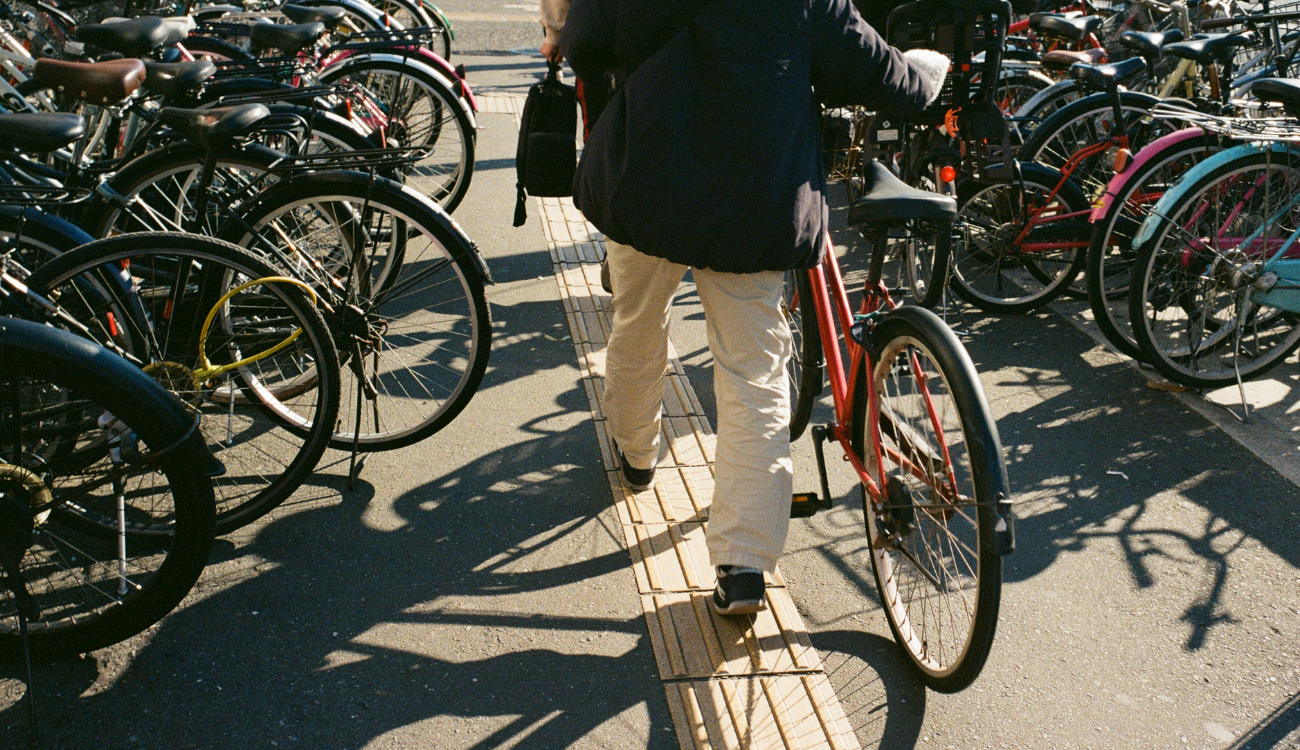Modern world is changing rapidly each year thanks to technological solutions, scientific discoveries, and smart devices that are becoming more and more essential in our everyday lives.
The recent COVID-19 event showed a change in human behaviour, with more people traveling. After easing restrictions and self-isolation, the pandemic has forced people to interact with their familiar environment in new ways, which has made us more energised and prepared for outdoor activities.

Due to the increase in city movement, commuters’ individual commute experiences start to merge with the average time it takes to complete a journey. To reach the selected location, a person needs to either top up their card, wait or walk to the selected transport mode, search for parking, and so on.
This is where the concept of smart city comes in. By tracking user behaviour and data before they even start their journey, cities can be proactive in anticipating and addressing issues before they become problems. The IoT has had a big impact on human behaviour by enabling a wide variety of facilities and options to make our lives easier. These small details can be easily solved and measured, and they have changed how we behave in our everyday lives. According to Statista in cooperation with Transform Insights that there will be 29.4 billion IoT-based connected devices to the internet by 2030.
With the use of connected smart solutions we believe travelling from A-B for commuters, companies, and cities will be made easier than ever. Adding IoT’s enables to monitor and improve the success of smart solutions, by understanding how people behave. IoT’s enables devices and sensors to communicate with each other and to carry out specific tasks efficiently.
The idea of a “smart city” is becoming more and more serious each year, as the growth of Internet of Things (IoT) and cloud-based smart systems continues. The main goal of the concept of a “smart city” is to improve the quality of life for its residents by using technology to improve city operations.
- Reduce operational costs
- Enhance effectiveness
- Improve productivity
The three technologies mentioned can be used in City Services, which is known as City As A Service (CaaS). Systemic monitoring, management infrastructure, building smart transportation system, healthcare, education, energy consumption, public security and government announcements. Cities that use smart solutions will ensure high efficiency in providing services to their citizens, which will lead to a quality life within the city.

So what’s the next step looks like?
There is no one right answer when it comes to creating a “smart city.” It can involve incorporating multiple elements, which can make it difficult to determine where to start. what and best smart solution to implement? How hard/easy will the implementation process take? How can the population adapt to the changing smart technologies?
Progress of technology allows us to be closer to our goals, and the right software can have a real impact. In order to create these solutions, we need to continue to research. TRC aims to help cities understand the smart city concept and help them to achieve their vision for it.
We use careful research and AI tools to predict what kind of smart solutions will work best for your smart city ecosystem. TRC will work hand in hand with cities to achieve its objectives and improve the quality of life of its inhabitants by providing solutions that benefit from the city’s quality of life and economic growth. Safety, Competitiveness, and Social participation with the community will be improved while avoiding the cities to break the bank achieving this feat.





